In mid 2025, I was commissioned by Avaru, a studio at the intersection of immersive media and wellbeing, to lead the end-to-end user experience design for a spatial computing project designed for Hospital de Barcelona. This project was part of Avaru’s Patient Experience Initiative, aiming to support long-term patients, particularly young to adult users, with an immersive tool for mental resilience, guided breathing, and visualization.
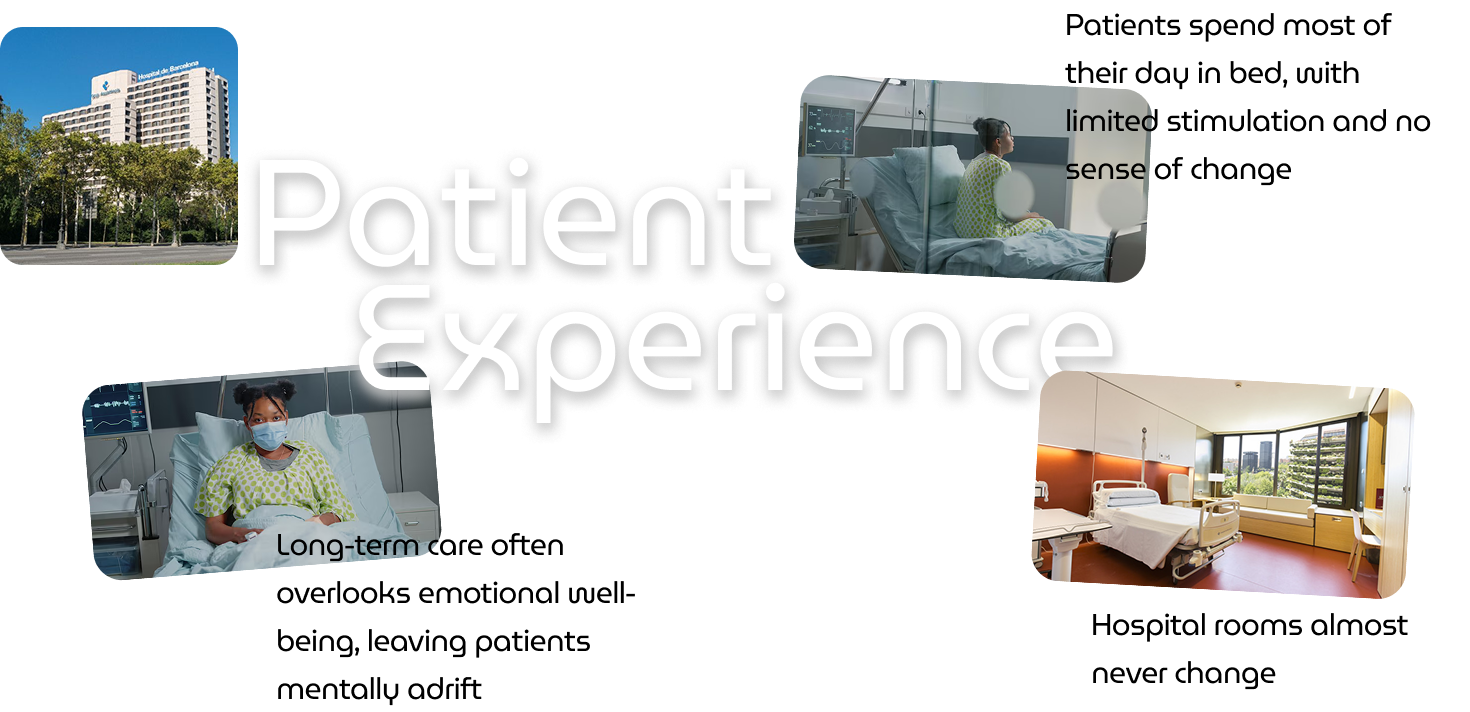
My role spanned for shaping the full user experience, from early research to deployment. Starting from designing the overall narrative and flow, conducting interviews with patients, and creating intuitive spatial interactions using Pico Enterprise 4. Designing the right user input and interaction models for guided breathing, built the immersive environment, and prepared all assets for implementation.
On day to day basis, long-term patients are constantly surrounded by noise, both physical and emotional. Driven by this insights from user interview, we set out to design the opposite: an immersive space that gives back nothing but quiet. While patients come with different conditions and emotional states, we wanted the UX to meet each of them with quiet acceptance.
Our concept centers around the affirmation “You Are Where You Need to Be”—an immersive experience that anchored users in the present moment. Not every patient will heal. Some will. Some won’t. But what we offer is a moment of stillness in between, where nothing needs to be solved, and everything is allowed to just be. To translate that intention into design, we grounded the entire experience within four emotional anchors below , and these became the foundation for both the storyboard, environment and interactions design.
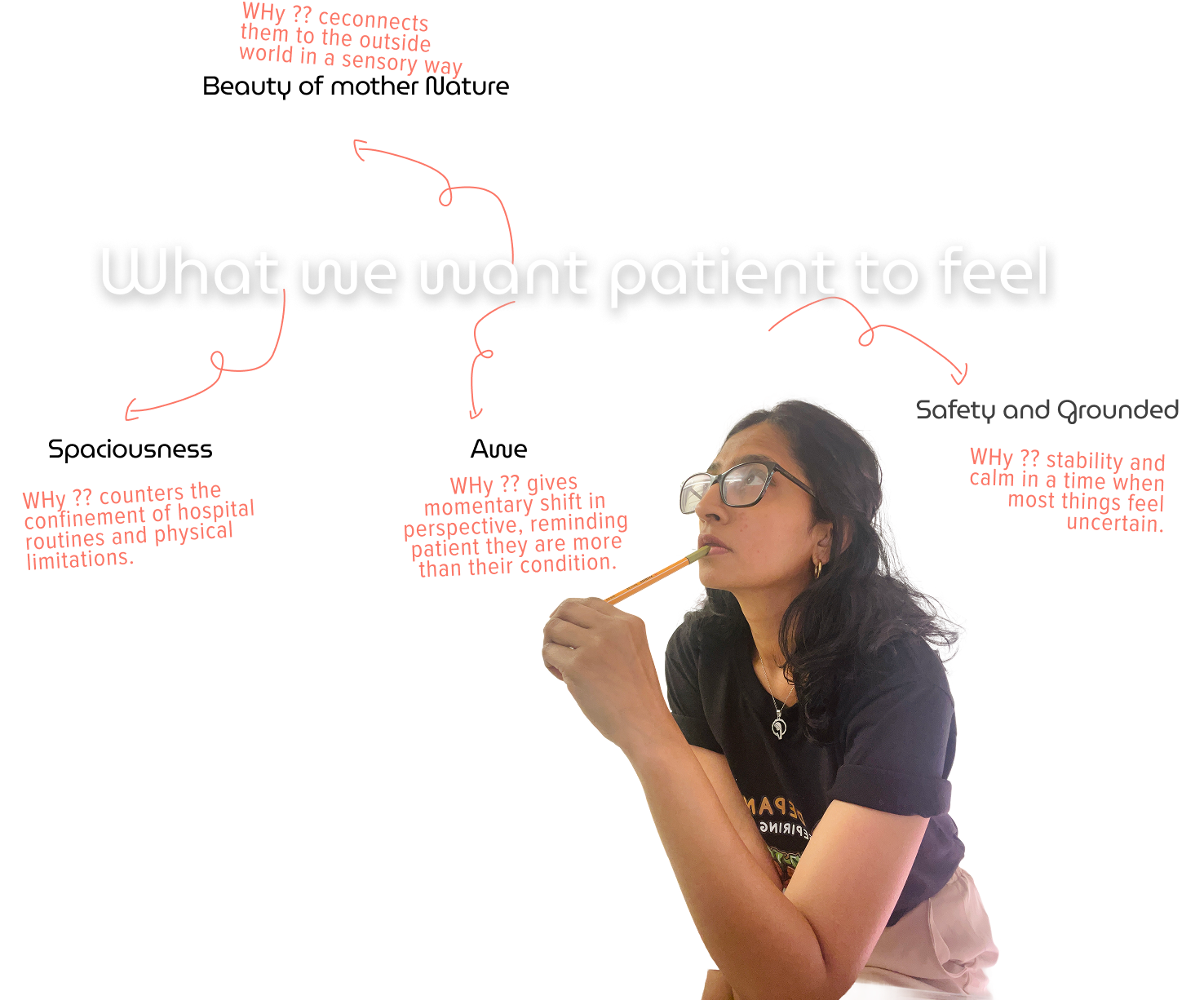


After a concluded user interviews with Katrina, the CEO of Avaru, I began the design process by building out a series of storyboards. This served as a first visual anchor for the development team—helping us quickly map out effort vs. impact. The storyboard explored ways to guide users gently through the experience. It included elements for the environment, what the user would see scene by scene, the overall user experience, low-fidelity UIs and interactions, as well as the audio.
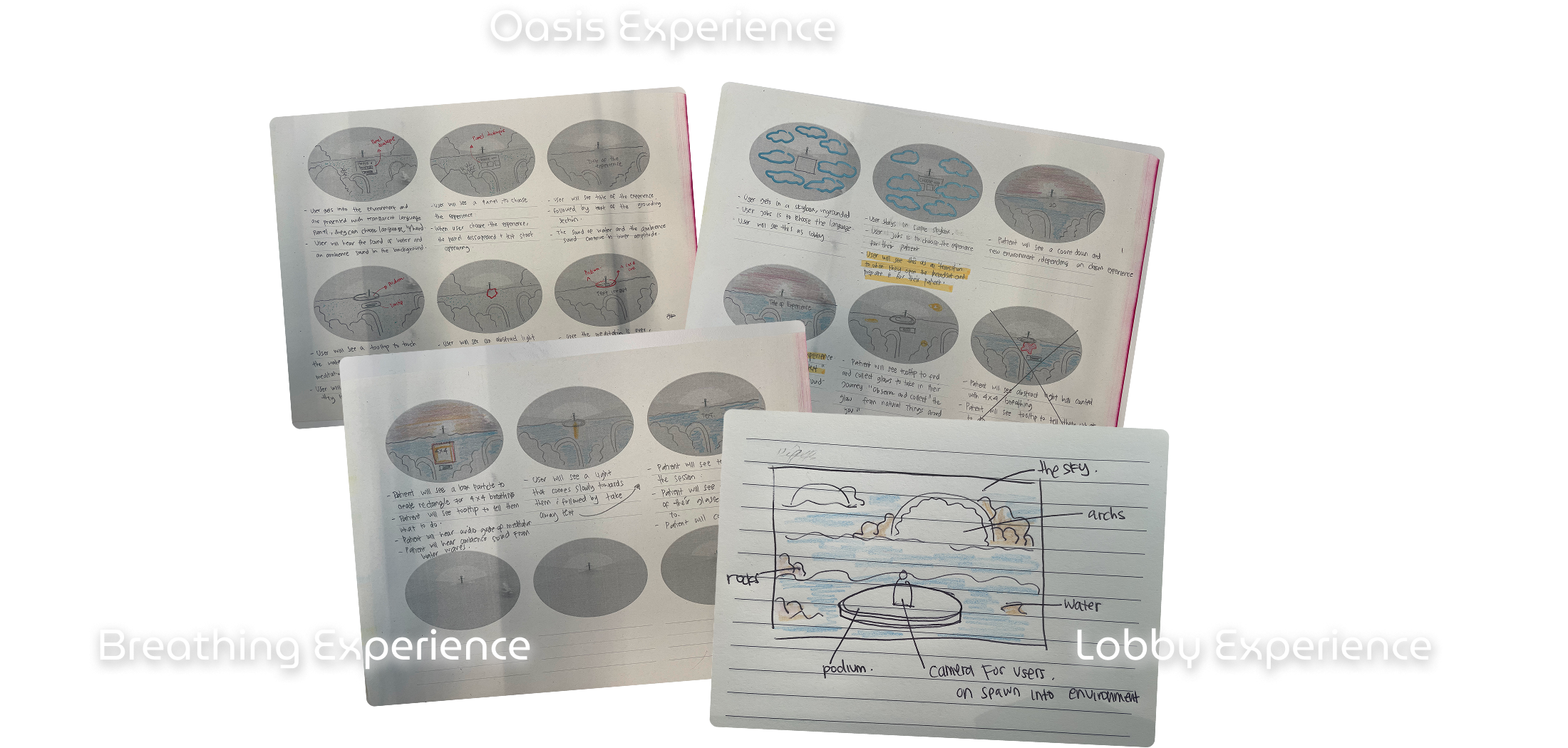
For this experience, rather than following a linear task-based flow, I chose to structure the experience using a story arc—a technique rooted in narrative design. For long-term patients, time feels different. There’s no clear beginning or end. Using a story arc allowed us to shape an emotional progression that feels natural without requiring effort from the user. We have arrival, presence and take away for patient.
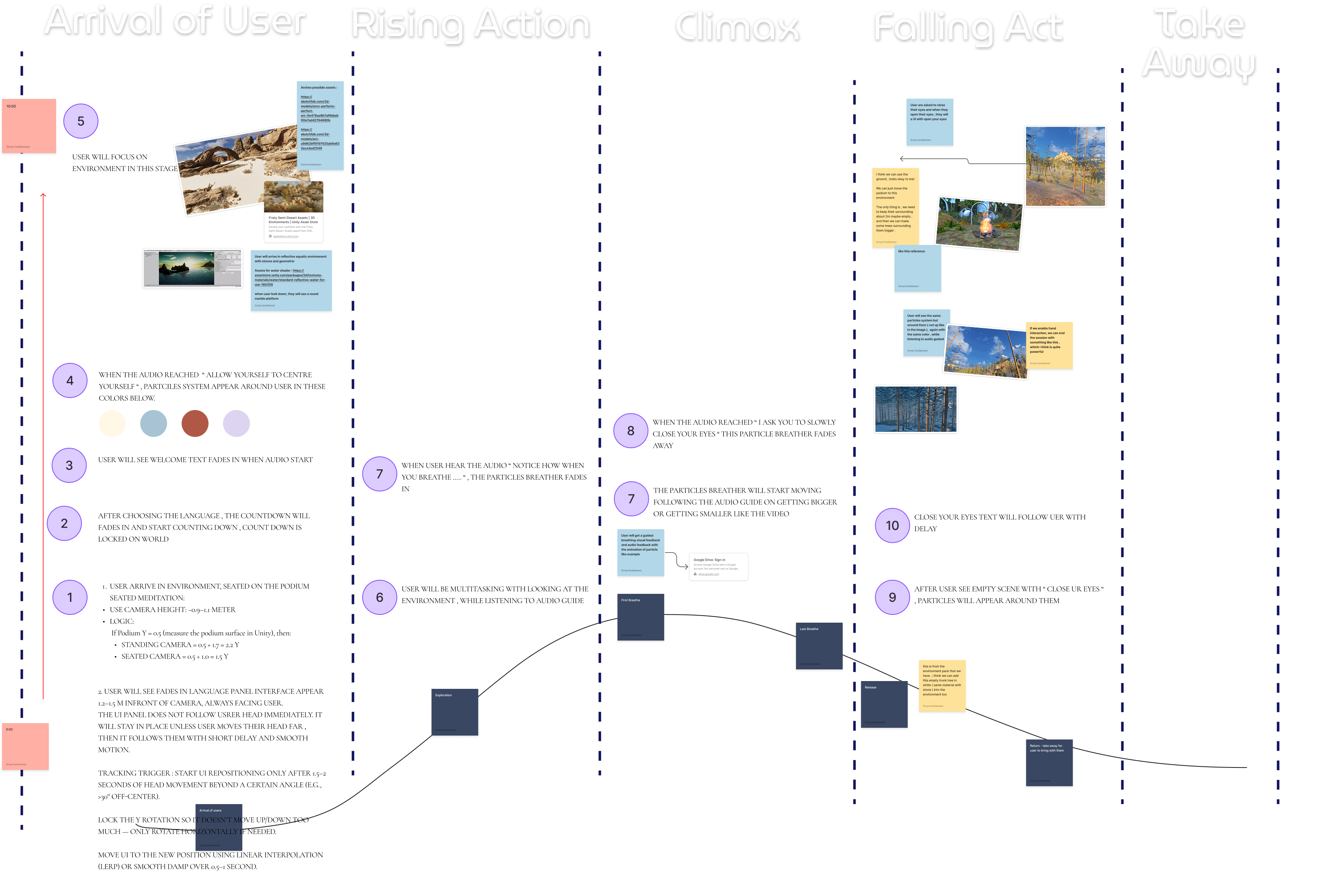
Once the storyboard and emotional arc were clear, I moved into building the high-fidelity UX and UI, using Unity with Pico Enterprise 4 as the target device. The interface was intentionally minimal and dissolvable—designed to fade in and out softly, only appearing when needed, so it never disrupted the sense of calm. I implemented a gaze-based interaction system, important for patients with limited mobility or energy. To prototype and test motion UX early on, I used ShapesXR . This helped communicate spatial transitions clearly to the development team, and also allowed us to test the sense of presence with patients .

.png)
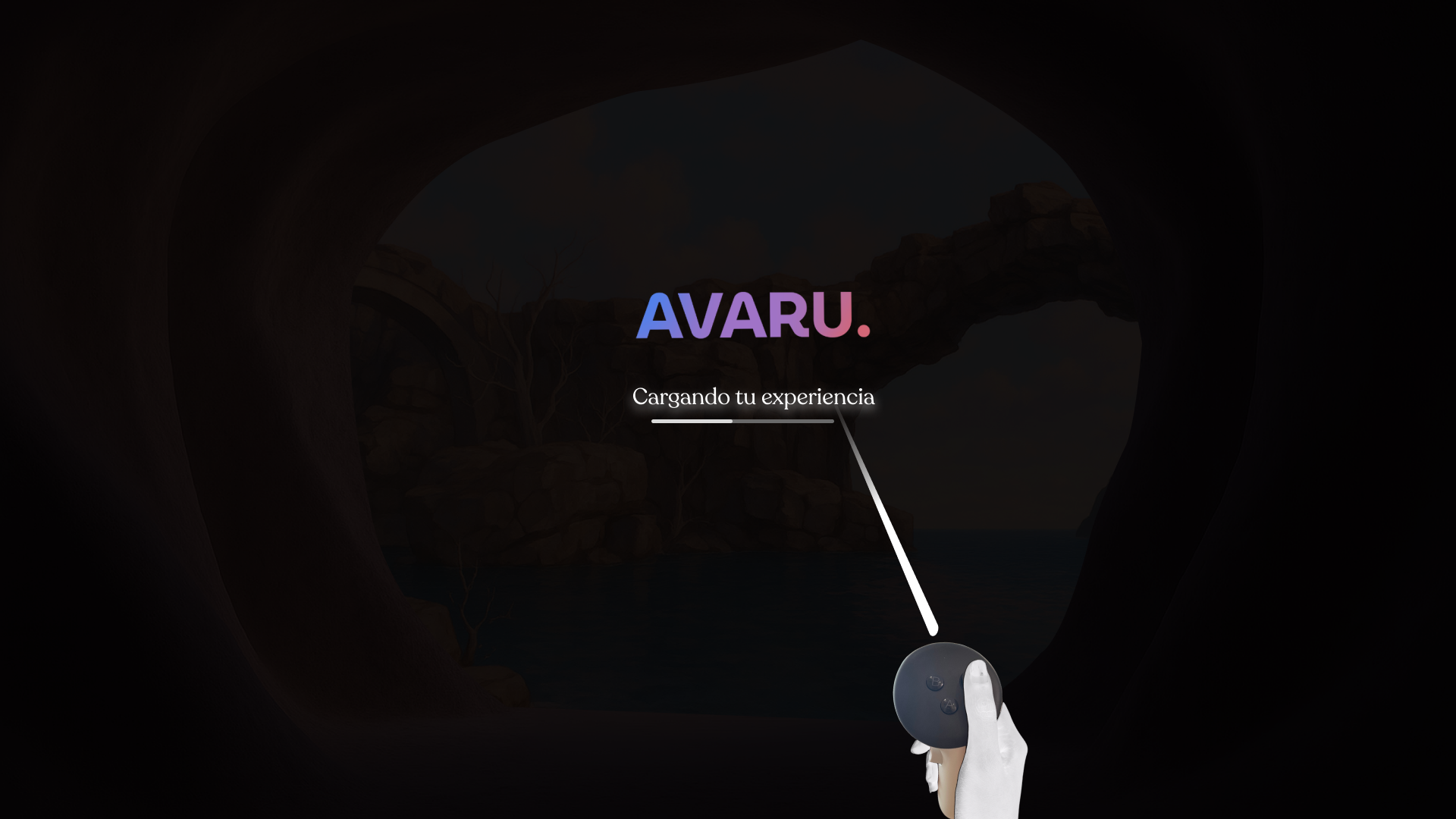
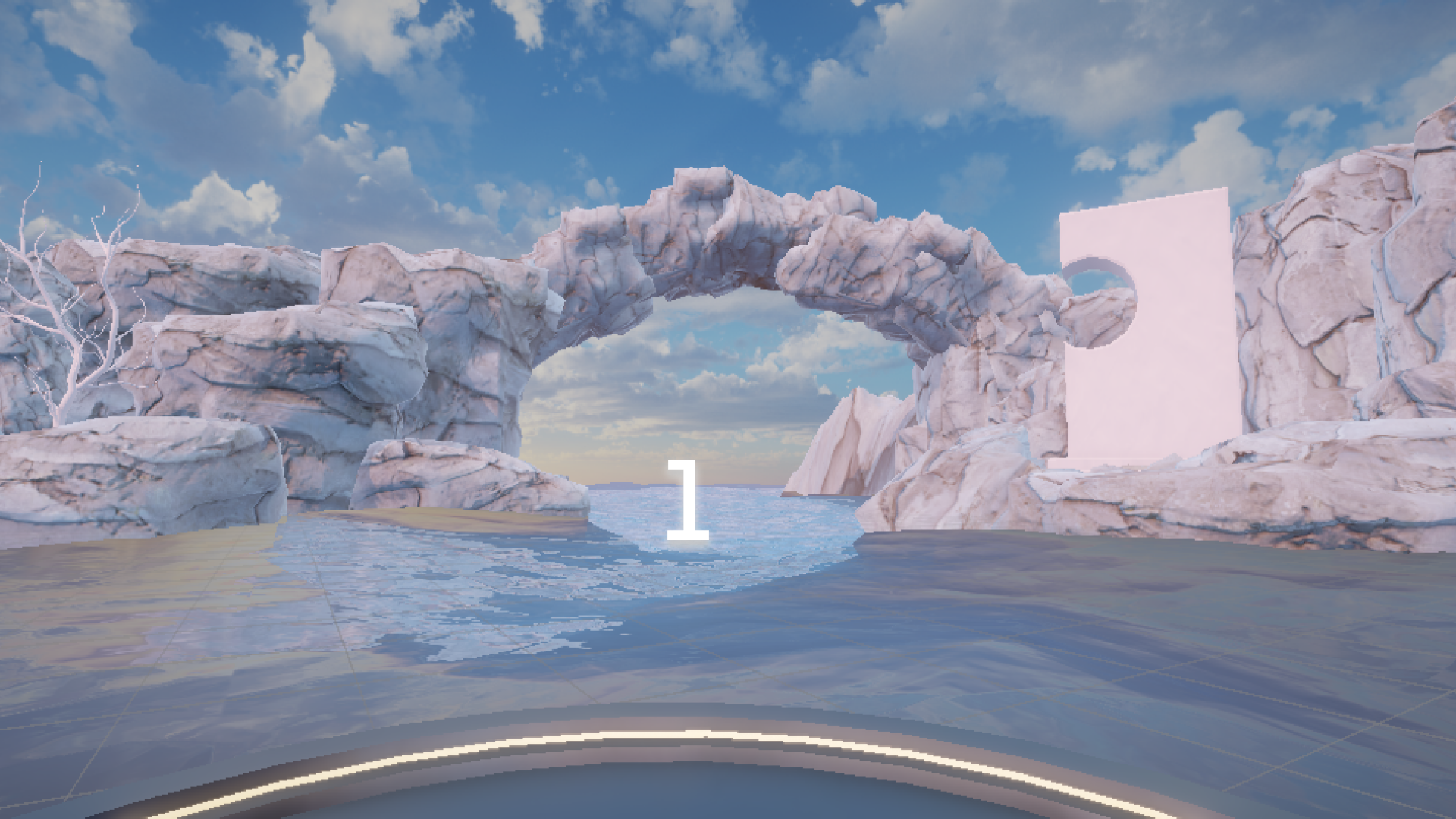
.png)
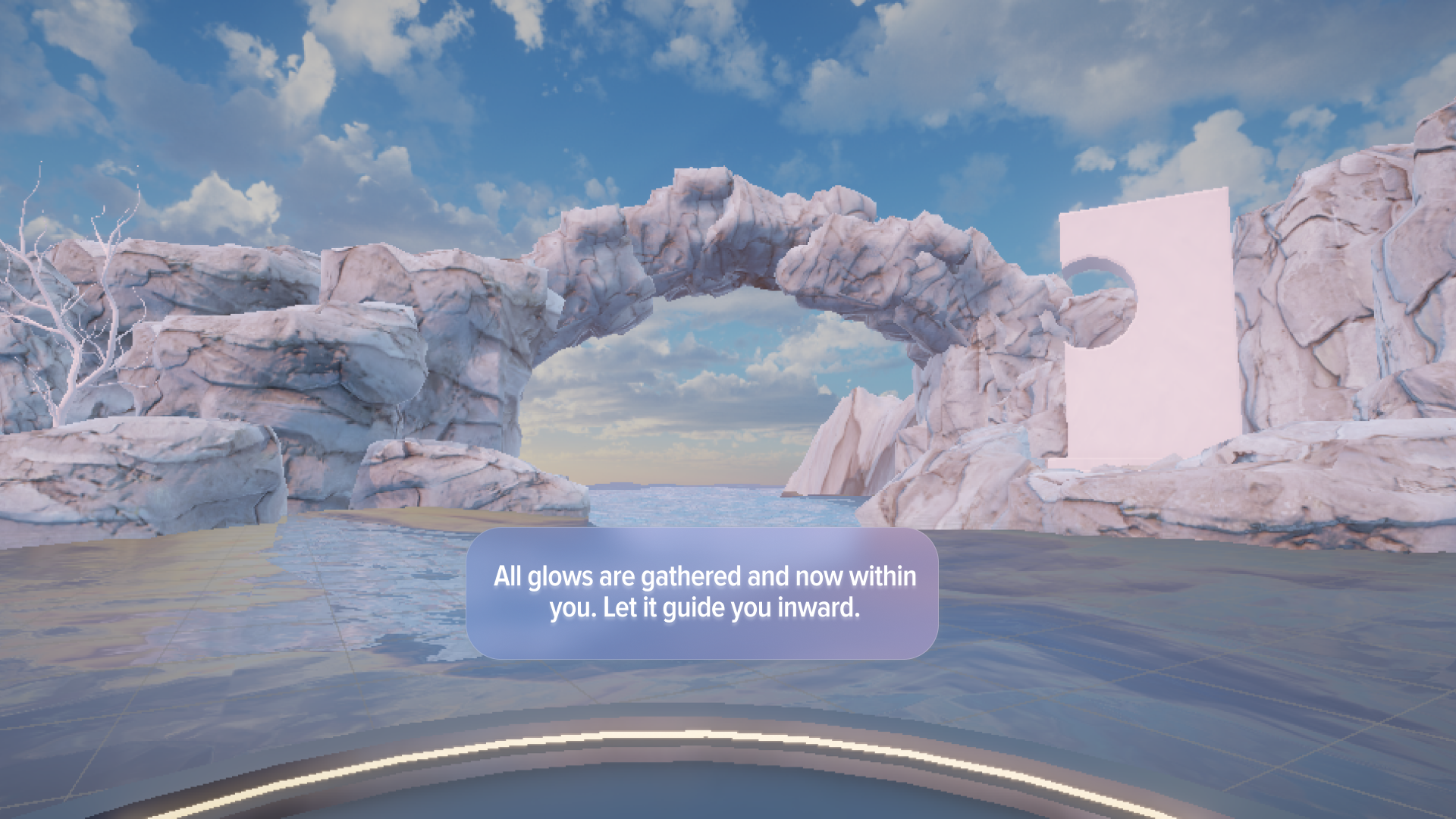

.png)
.png)
Thank you for taking the time to read the process behind this work. If you're working on something at the intersection , I’m open to new collaborations, commissions, or consulting opportunities—especially with teams who care deeply about the how, not just the what. And if you’re someone who feels this kind of experience could support patients in your care environment, I encourage you to reach out to Avaru.








.jpg)
.jpg)

.png)



.png)